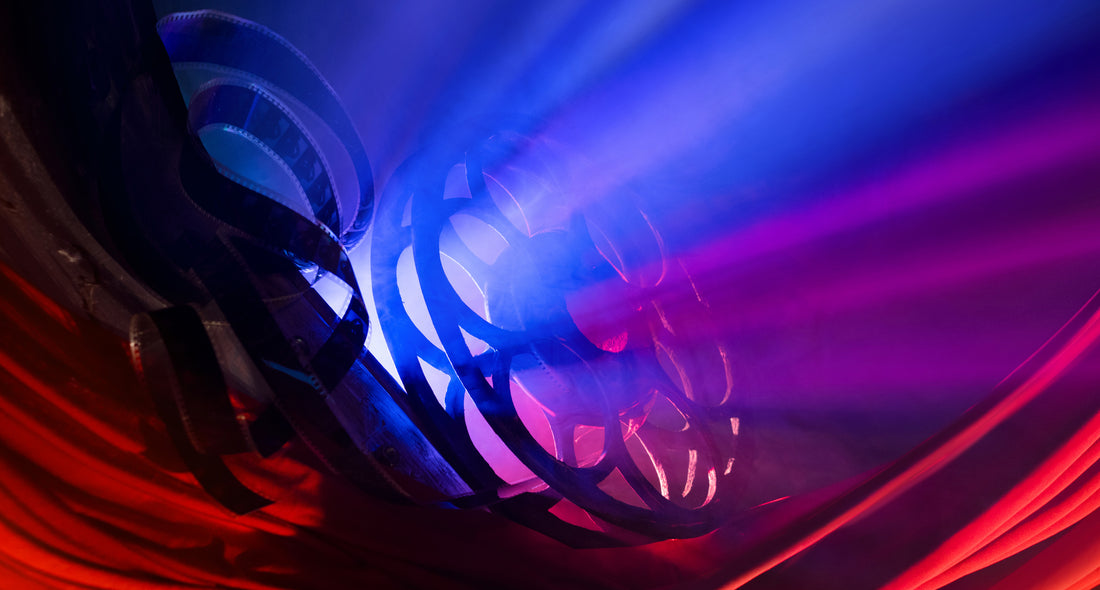
Art on Screen: Crafting Visual Narratives in Cinema
Share
When we watch a film, we're not just spectators—we're transported into a world shaped by visuals that do more than decorate the scene; they narrate, evoke, and transform. Art in cinema isn't merely incidental; it's integral, providing a window into the director's vision and the characters' souls. From the lush backdrops of historical dramas to the stark minimalism of modern thrillers, art enriches and complicates the stories we see on screen.
The Power of Art in Storytelling
Art in cinema does more than set the scene—it tells its own story, offering insights into characters and contexts. Consider "A Clockwork Orange," where Stanley Kubrick's inclusion of surreal and provocative artworks mirrors the chaotic and violent psyche of Alex, enhancing the film’s stark commentary on behavioral psychology. Meanwhile, Spike Jonze's "Her" effectively uses a minimalist aesthetic, characterized by soft, pastel hues to underline the protagonist's emotional isolation in a digitally saturated society, highlighting his search for genuine connections.
Cinematic Canvases: Iconic Art Moments
Some films are unforgettable because of how they incorporate specific artworks into their fabric, turning them into pivotal elements of the story. In "Skyfall," the fight scene set against the backdrop of a giant, pulsating jellyfish provides a visually mesmerizing contrast to the stark violence of James Bond’s world. Wes Anderson's "The Grand Budapest Hotel"
violence of James Bond’s world. Wes Anderson's "The Grand Budapest Hotel"

revolves around a fictional Renaissance painting, "Boy with Apple," which not only drives the plot but is also emblematic of the film's lush, detailed aesthetic.
Art Styles as Narrative Voices
Directors use art styles to complement or contrast their storytelling, creating a visual dialogue with the audience. Alfred Hitchcock’s "Spellbound" features a dream sequence designed by Salvador Dalí, whose surrealistic touches deepen the psychological mystery of the plot. Tim Burton’s "Edward Scissorhands" employs German Expressionism to echo the emotional landscape of its protagonist, creating a stark contrast between his gentle nature and the harsh world around him.
Behind the Scenes: Crafting Art for Cinema
Engaging with art directors and production designers reveals the meticulous craft behind integrating art into film. The set design of Darren Aronofsky’s "Black Swan" uses mirror imagery and a stark, monochromatic palette to reflect the protagonist's inner turmoil, mirroring the intense, often chaotic energy of an abstract expressionist painting.

Art in cinema serves as both a backdrop and a storyteller, enriching the narrative tapestry of films and offering audiences a richer, more immersive viewing experience. As we continue to explore the intersections of visual art and cinema, we look forward to uncovering more ways in which this dynamic relationship shapes our understanding and appreciation of both mediums.

